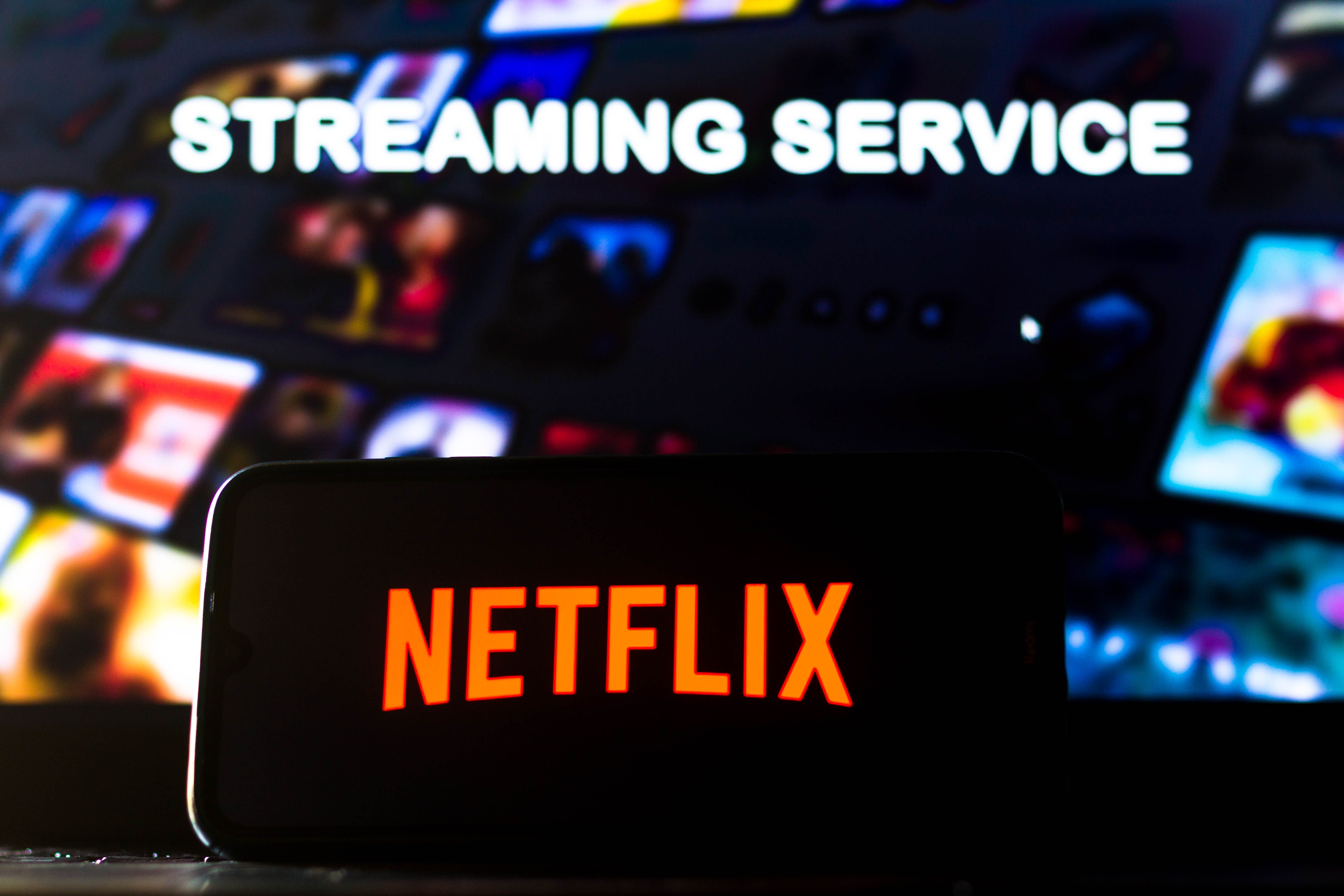From Netflix to Amazon Prime, Hulu to Disney+, streaming platforms have revolutionized the entertainment industry as we know it. With their vast libraries of movies and TV shows available at our fingertips, these platforms have transformed the way we consume media and changed the game for traditional cable companies. But what exactly is driving this shift towards streaming? And how is it changing the landscape of entertainment today? In this blog post, we’ll explore the rise of streaming platforms and their impact on our favorite movies and TV shows. So grab your popcorn, sit back, and let’s dive in!
Introduction: A Look at the Rise of Streaming Platforms
In the past decade, streaming platforms have become a major force in the entertainment industry. Thanks to the rise of high-speed internet and mobile devices, streaming platforms like Netflix, Hulu, and Amazon Prime Video have become go-to destinations for TV and movie fans around the world.
But it’s not just traditional entertainment that’s being impacted by streaming platforms. The video game industry is also feeling the power of these new services. In recent years, we’ve seen the rise of “games as a service” titles like Fortnite, Apex Legends, and Call of Duty: Warzone that are designed to be played on a continuous basis with regular updates and new content. And many of these games are only available through streaming platforms like Twitch or YouTube Gaming.
The impact of streaming platforms is evident in other areas as well. The music industry has been completely upended by Spotify and Apple Music, while social media sites like Facebook and Instagram are increasingly incorporating live-streaming features. Even traditional sports broadcasts are being disrupted by the likes of ESPN+ and DAZN.
There’s no doubt that streaming platforms are changing the way we consume entertainment. And as they continue to grow in popularity, we can only expect their impact to become even more pronounced in the years to come.
The Impact of Streaming on Traditional Media Outlets
As we all know, the entertainment industry has been drastically changed by the rise of streaming platforms in recent years. But what many people don’t realize is just how much these platforms have affected traditional media outlets like television and movies.
It’s no secret that streaming services like Netflix and Hulu are quickly becoming the go-to choice for many people when it comes to watching their favorite shows and movies. In fact, a recent study showed that nearly 60% of Americans now subscribe to at least one streaming service. This is a huge increase from just a few years ago, when only about 50% of people were using these services.
But as more and more people are choosing to stream their entertainment, traditional media outlets are feeling the effects. For example, cable providers have seen a significant drop in subscribers in recent years. This is likely due to the fact that people are tired of paying high monthly fees for channels they never watch. Instead, they’re turning to cheaper alternatives like Netflix, which offers a much wider selection of content.
The same can be said for movie theaters. As streaming services become more popular, fewer people are going out to see films in theaters. This is bad news for Hollywood studios, which rely on ticket sales to make money. In fact, box office revenues have been declining for several years now. Some experts believe that this trend will continue as more and more people choose to stay home and stream their entertainment instead of going out to see movies.
So
Differences Between Streaming Platforms
When it comes to streaming platforms, there are a few key differences that set them apart from one another. For starters, Netflix is primarily a subscription-based service, while Hulu is ad-supported. This means that with Netflix, you’ll have to pay a monthly fee in order to access their library of content, while with Hulu, you can watch shows and movies for free (with ads).
Another key difference is the content that each platform offers. Netflix is known for its original programming, such as Stranger Things and The Crown, while Hulu offers a more traditional TV and movie experience with shows like The Handmaid’s Tale and classics like Jurassic Park.
Another difference to consider is the price. Netflix’s basic plan starts at $8/month, while Hulu’s basic plan is just $5/month. If you want ad-free content on Hulu, you’ll need to upgrade to their $12/month plan.
So, which streaming platform is right for you? It really depends on what you’re looking for in terms of content and price. If you want the best of both worlds, you can always subscribe to both Netflix and Hulu!
Pros and Cons of Streaming Services
As more and more people cut the cord on traditional cable television, streaming services are becoming increasingly popular. While there are many advantages to using a streaming service, there are also some drawbacks. Here are some of the pros and cons of streaming services:
PROS:
-Convenience: With a streaming service, you can watch your favorite shows and movies whenever you want, without having to worry about scheduling conflicts or waiting for new episodes to air. You can also watch on your own schedule, without having to adhere to network TV timeslots.
-Variety: There are now more streaming options available than ever before, so you’re sure to find something that suits your taste. Whether you’re into watching classic movies, binge-watching the latest TV series, or just want something for background noise while you work, there’s a streaming service out there for you.
-Affordability: In most cases, streaming services are much cheaper than traditional cable TV packages. And with no need for expensive equipment like Cable boxes or satellite dishes, they’re even easier on your wallet.
CONS:
-Dependency on internet connection: In order to use a streaming service, you need a reliable Internet connection. This can be an issue if you live in an area with spotty coverage or if your connection is prone to buffering or other issues.
-Potential data overage charges:
Availability & Pricing for Different Regions
Different regions have different options for streaming platforms and content. In the US, Netflix is the most popular streaming platform, followed by Amazon Prime Video and Hulu. There are also many smaller, niche platforms such as Crunchyroll, Shudder, and Acorn TV. Each platform has its own library of content, which can vary by region. For example, Netflix US has a different selection of movies and TV shows than Netflix UK.
Prices for streaming services also vary by region. In the US, Netflix starts at $8.99/month for the basic plan, while in the UK it starts at £7.99/month. Amazon Prime Video is $99/year in the US and £79/year in the UK. Hulu’s prices start at $5.99/month in the US and £5.99/month in the UK.
Some content is only available in certain regions due to licensing agreements. For example, Game of Thrones is only available on HBO in the US and Sky Atlantic in the UK. This can be frustrating for fans who want to watch their favorite shows no matter where they are in the world.
There are ways to get around regional restrictions, but they can be complicated and may not always work. Using a VPN (virtual private network) is one option, but it can be tricky to set up and may not work with all streaming platforms or devices. Another option is to use a proxy server, which can
How Streaming Has Changed Entertainment Consumption Habits
In the past decade, streaming platforms have become increasingly popular as a way to consume entertainment. This is due in part to the rise of high-speed internet connections and the ubiquity of smart devices. However, streaming has also changed the way we think about entertainment consumption.
In the past, if we wanted to watch a movie or TV show, we would have to go out and buy or rent the physical media. This meant that we had to be relatively certain that we would like the content before making the purchase. With streaming, however, we can watch whatever we want whenever we want with no commitment. This has led to a more casual approach to entertainment consumption, where we are more likely to try new things and aren’t as tied to specific titles or genres.
This change in habits has had a profound impact on the entertainment industry. For one thing, it has made it easier for independent creators to find an audience for their work. Platforms like YouTube and Netflix have created a market for niche content that would never have found a wide enough audience to be profitable in the traditional model.
At the same time, streaming has made it harder for traditional Hollywood blockbusters to find an audience. The “long tail” effect of streaming means that there are so many choices available that any given title is unlikely to stand out from the crowd unless it is truly exceptional. This has led to a shift in focus from blockbusters towards smaller films and television shows with more dedicated fans.
Conclusion
It is clear that streaming platforms have revolutionized the way we consume entertainment. From creating an entire industry of content creators to introducing new ways for people to find and watch their favorite shows, streaming platforms are here to stay. As technology continues to evolve, so will our experience of consuming entertainment. With more advanced features, better access and higher quality visuals, viewers can expect a great level of enjoyment from these revolutionary platforms.


